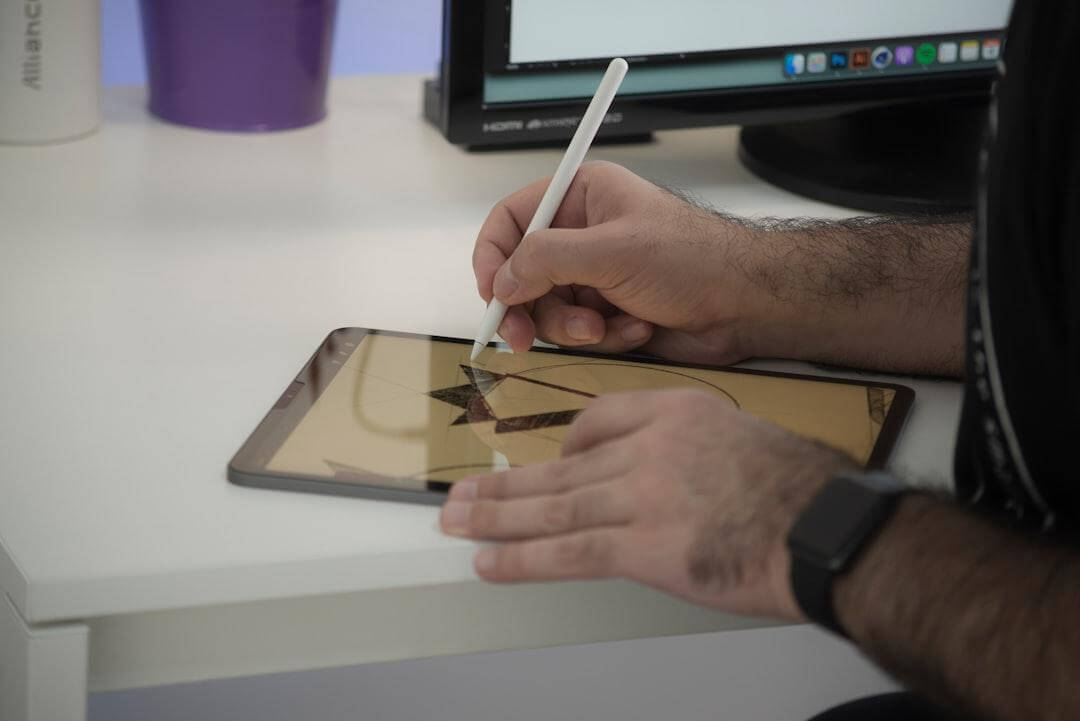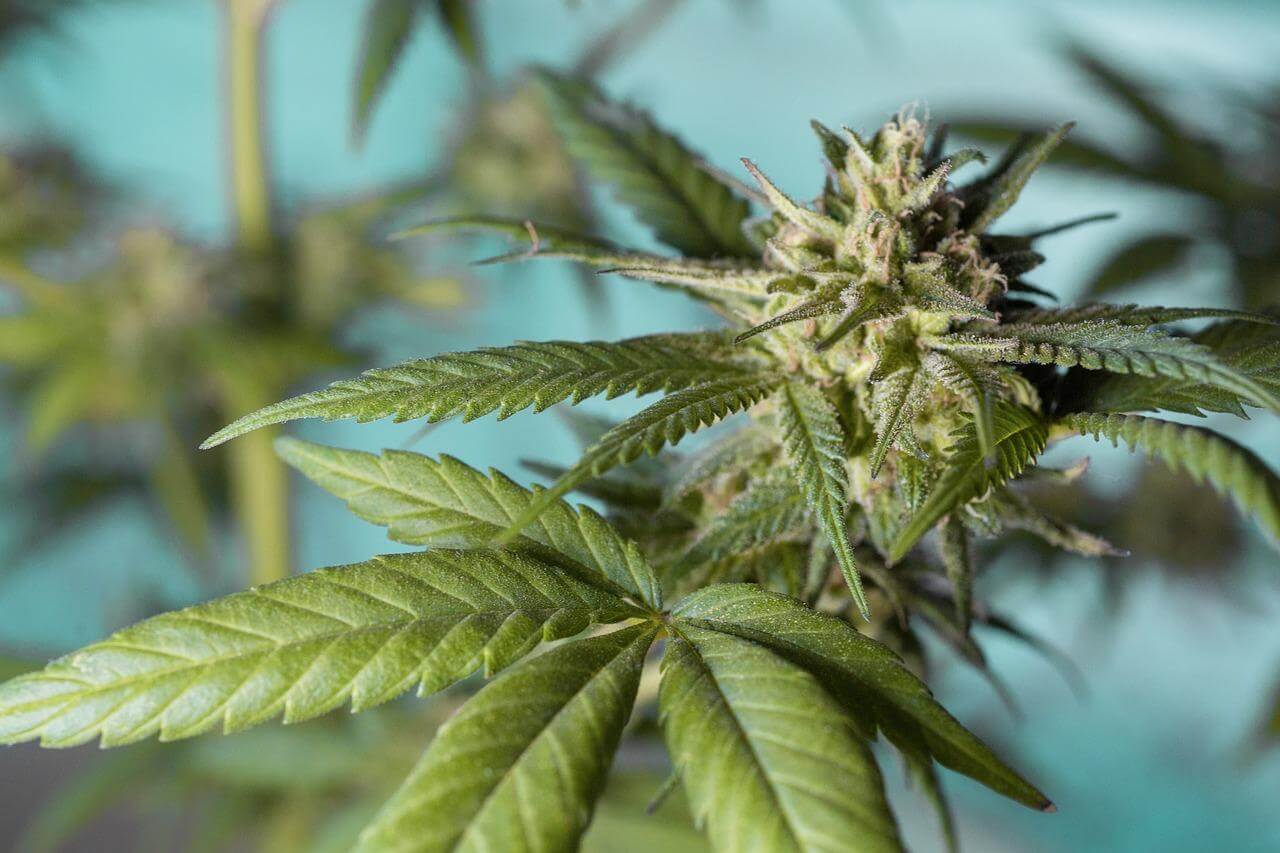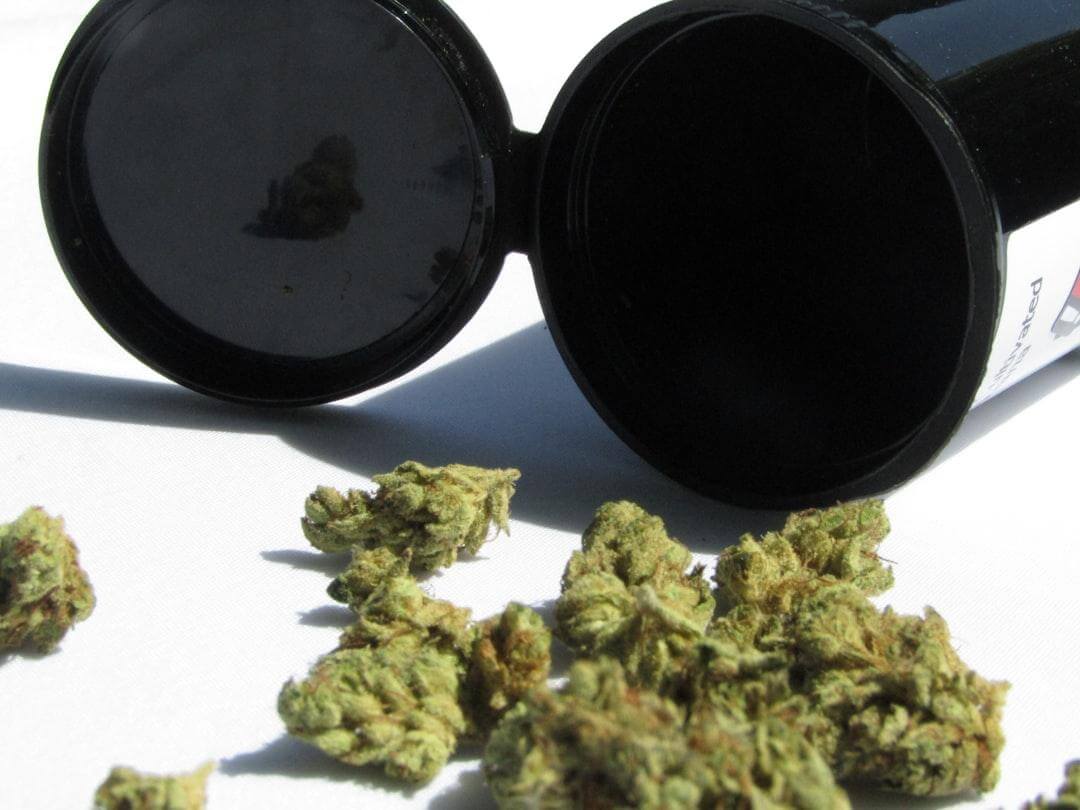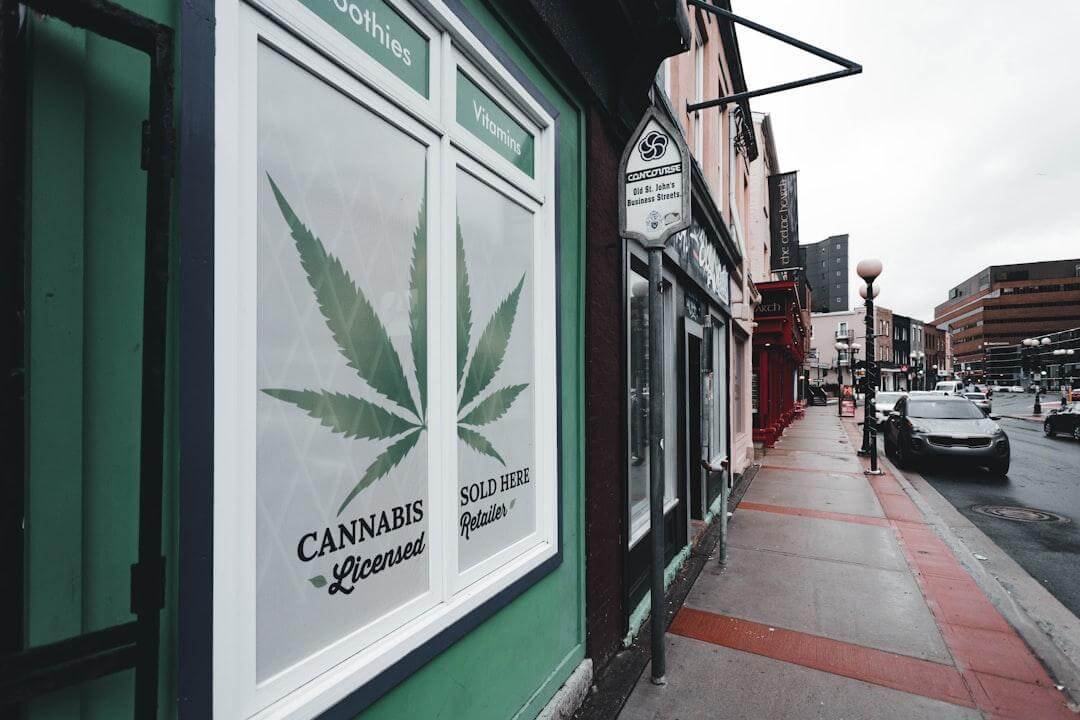When building a website, especially a cannabis dispensary website, there are features that are considered “must haves.” — these are either design considerations or functionalities that are helpful to your consumers or helpful to you as you scale your business. In this article we break down some key elements that will ensure your dispensary website can compete with the best of ‘em.
Architecture
A dispensary website should be thoroughly planned — so much so that we create an “architecture” that contains all the necessary information to operate your site, convert your users into customers, and support your brand. Let’s use a traditional use case and begin thinking about our architectural considerations. From there, we’ll consider a list of options based on our needs.
In this example:
Let’s say we’re building a brand new dispensary website, which must contain all relevant information for our 3 dispensary locations. Our users will need to be able to find our locations, hours, phone, and order from our online menu for pickup. Some tertiary goals include brand education, increased presence for possible acquisition, and building our text funnel. The website must be easy to use for our internal team, as we’ve not budgeted for ongoing help externally. Beyond this, our online dispensary platform will need to be fast and stable — we can not afford to lose traffic and online orders as we scale for the next 4 quarters.
Now armed with our fundamental goals, we can outline the general direction and strategy of the process. Here are some big-picture points to keep in mind:
- Build your site on a platform (Content Management System) that will be easy to manage for our employees and simple to add or remove dispensaries as we grow.
- Begin with a wireframe and user journey that first encourages online ordering, phone calls, education, and opt-ins.
- Don’t forget about a front-end design that facilitates good conversion principles, to make sure our users are able to navigate quickly and freely to their primary destination.
The design and development process between kickoff and delivery will vary greatly – but make sure you request (at the very least) mockup rounds of the site with review periods, as well as showcases of the built site with review periods before you sign off and get launched.
A note about automation: The more automation that can be planned ahead of time, the easier your website will be to maintain. For instance – when you are opening a new store, you’ll only really want to be putting critical information once and located in one place on the backend of the site. These should be built to automate across site wherever they should appear. This will prevent issues of missing information, inaccurate information, and management woes. Automation should be a primary goal for the sustainability for your site.
Primary Call to Actions
Onto our actionable items. We know the rudimentary goals we want to achieve with our site already, and now we can dive into the specifics of our user’s interactions. We’ll break these into 4 different categories that we’ve determined are primary goals for our users.
Menu
There are many e-commerce providers available to facilitate the order / pre-order of online sales on your site. In MOST cases, your e-commerce provider will only require you put a small snippet of code into your site in order to display your menu and allow ordering. That being said, there are variations between each of these e-commerce providers offerings (perhaps better detailed in a full blog post); Until then, it’s best to reach out and get of demo for each!
Some of our favorites are Webjoint, Dutchie, Jane, and Baker FYI.
Phone
This seems like a simple item (and it is), but we just want to take a brief moment to consider our mobile users. While listing the phone number can be enough to facilitate calls from your users, it’s best to create buttons dedicated for our mobile users to start the calling process. This will result in a higher conversion rates for your mobile users, and eliminates a common frustration for all of us.
Navigation
Similar to our phone listing, we’ll want to make sure that users are able to navigate to your store quickly. As one of our primary goals, it’s best to include a dedicated button to link off to your location on a 3rd party’s map (Google Maps for instance). This will allow users on the go to quickly begin navigating to your store, and helps directly with your goals for increased foot traffic.
Opt-ins
Remember our goal of increasing text opt-ins? If this is not a part of your e-commerce platform, then it’s best to build this into your site. All this requires is a simple call to action for whatever value you offer through your text message marketing and a little know-how to connect to your current text platform. Alternatively, there are text message marketing platforms just for dispensaries which we’ve found work great.
These items should have the lion’s share of content “above the fold” and be hyper-accessible on each page as they make sense. Are you building out individual pages for each of your locations? Great! Let’s make sure that at least our menu, phone, and navigation items are available on first glance for both mobile and desktop.
Supporting Call to Actions
Our supporting items are there to help bolster our secondary (or tertiary) goals for our users. Beyond getting our customers to submit information, or find our locations, we also want them to get a feeling for our brand and values. This may include:
- About Page
- Blog / Press Page
- Interactive “Find the right product” Page
- Contact Page
- Careers Page
These pages are not all necessary for a MVP dispensary website, but can be a place to create differentiation for your brand. Supporting pages are going to differ based on your brand’s personality, engagement, and goals – but will, in all cases, serve the purpose of providing value.
In Summation
When venturing into cannabis web design, start with your planning phase. In this phase, outline your goals for yourself and your users. If you can afford to financially (trust us, you can) hire a freelancer or agency to handle the hard parts and build and design a website that has the technical chops to last. Throughout the process, keep in mind your primary objectives and don’t stray from them; your customers will thank you for keeping focused on what’s important to them (finding, ordering, and being easy to contact). Most importantly, have fun. This is your brand, and your dispensary’s website is the perfect opportunity to show who you are as a company.











